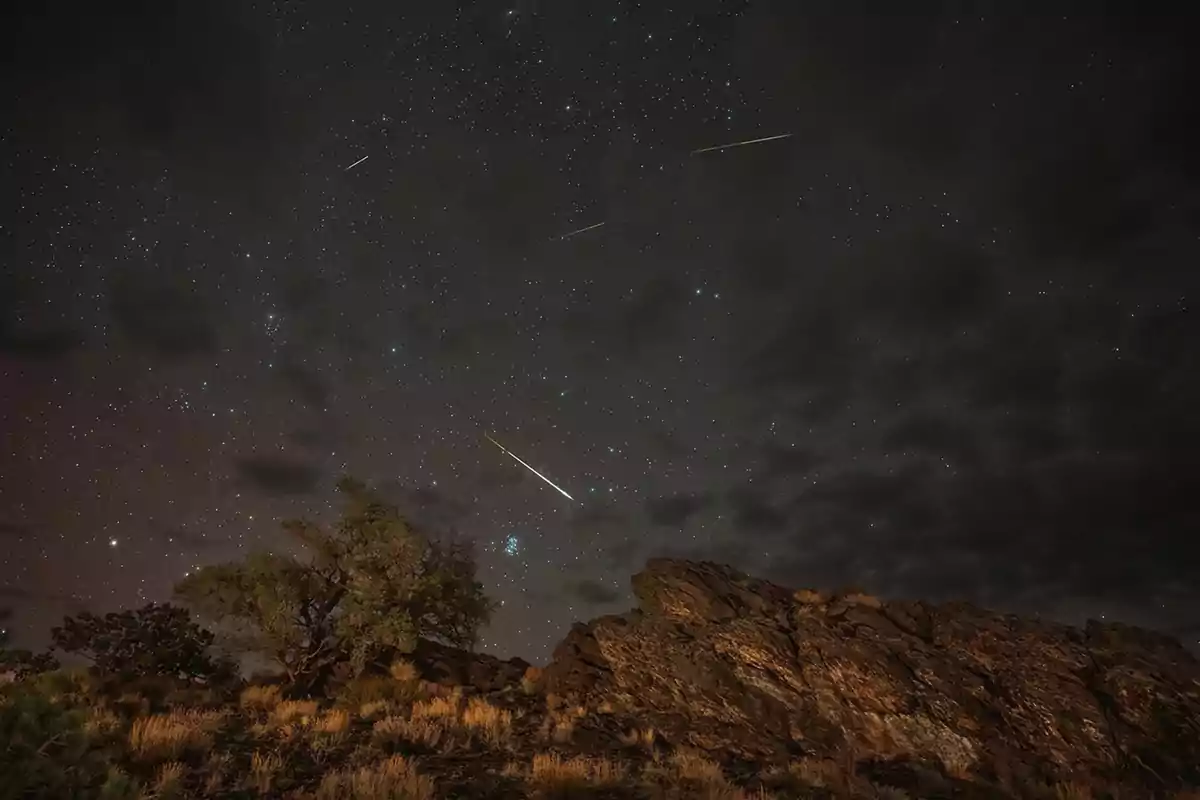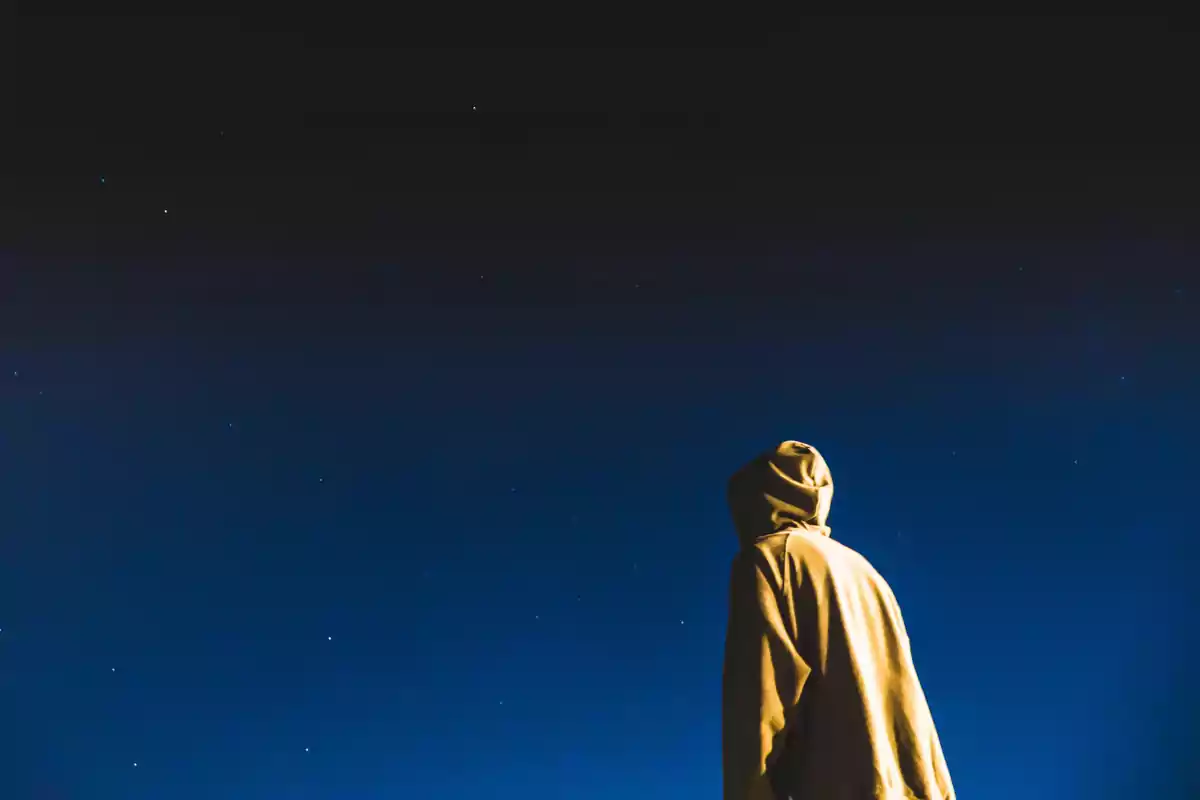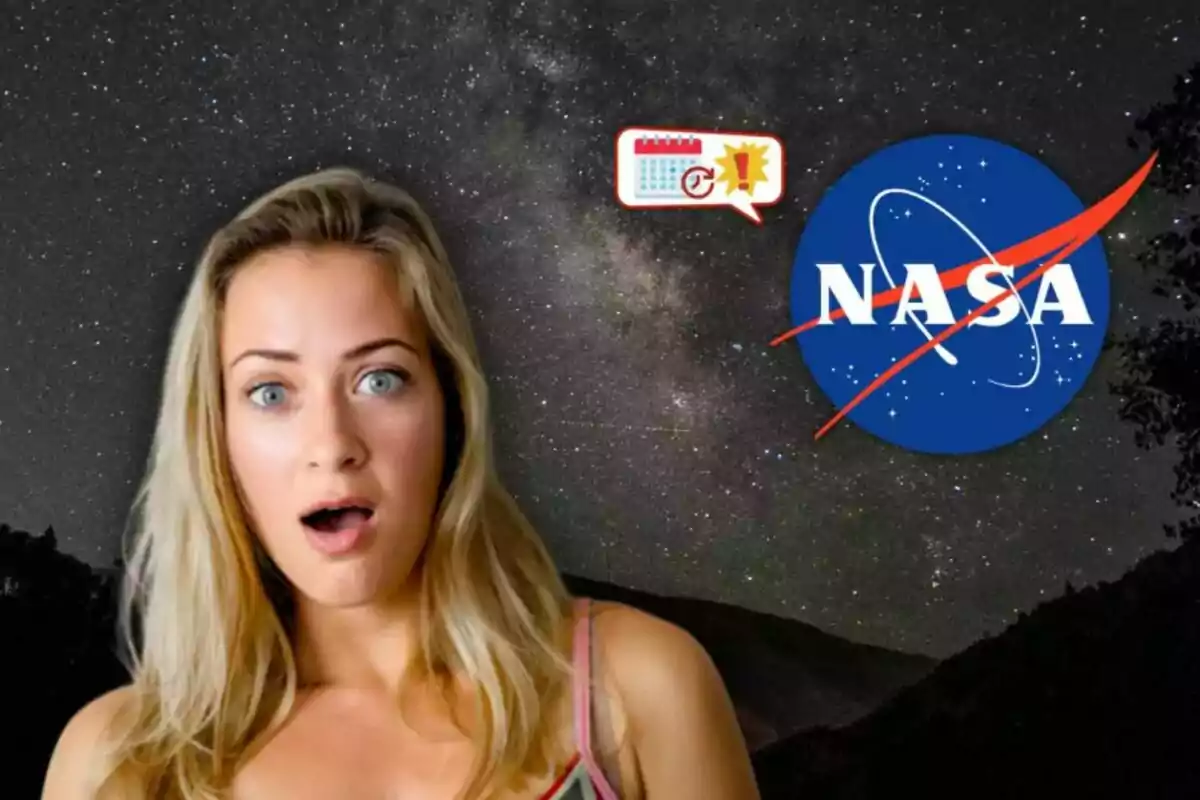There are just a few weeks left before one of the most spectacular nights of the summer. NASA has announced an astronomical event that will be clearly visible from Spain and promises to surprise those who look up at the sky. This phenomenon, eagerly anticipated every year, is about to reach its peak.
The night of August 12 to 13 will mark the peak of the Perseid meteor shower, which has already begun but will reach its maximum on that date. According to calculations, it will be possible to see between 50 and 100 meteors per hour, a figure that makes this shower one of the most active in the astronomical calendar. For this reason, the space agency has emphasized the importance of being prepared to enjoy the moment in the best possible conditions.

The annual Perseid show: when and how to enjoy it to the fullest
Every August, Earth passes through a cloud of debris from the Swift-Tuttle comet, a visitor to the Solar System that leaves cosmic particles in its wake. When these tiny rocks enter Earth's atmosphere, they burn up and create the well-known meteors or "shooting stars." The phenomenon can be seen with the naked eye from much of the Northern Hemisphere, and this year conditions will be especially favorable in Spain.
NASA has recommended looking for places far from light pollution and waiting until it is completely dark to maximize the experience. It is not necessary to have special equipment, such as telescopes or binoculars. Only a bit of patience is required: the more time one spends under the night sky, the greater the number of meteors that can be observed.
Weather forecast and optimal hours to observe the meteor shower
This time, in addition, the weather forecast is favorable. The anticyclone expected for the second week of August promises clear skies in much of the country, especially in the interior, elevated areas, and regions with low population density. The Moon, which will be in its waning phase, will not interfere with its brightness, allowing for a clear view of the sky.
The time frame between midnight and the beginning of dawn will be the best interval to look up. During that period, the radiant of the Perseids will be at the highest point in the sky, offering the maximum number of visible meteors. If the weather allows, it will be possible to see a shooting star every few minutes.

The cultural legacy and the experience under the starry night
The Perseid shower has been celebrated for centuries by various cultures, and today it remains a perfect excuse to enjoy the nighttime spectacle. Many people take the opportunity to go on nighttime outings, camp with friends, or simply find a moment of calm and silence. It is also a popular tradition to make a wish for every shooting star, although on nights like this, wishes may run out before the meteors do.
The U.S. space agency has insisted that this is not just any event. Thanks to good astronomical and weather conditions, this year's show could become one of the most memorable of the past decade. It has also warned that nighttime temperatures can drop significantly, especially in rural or high-altitude areas.

